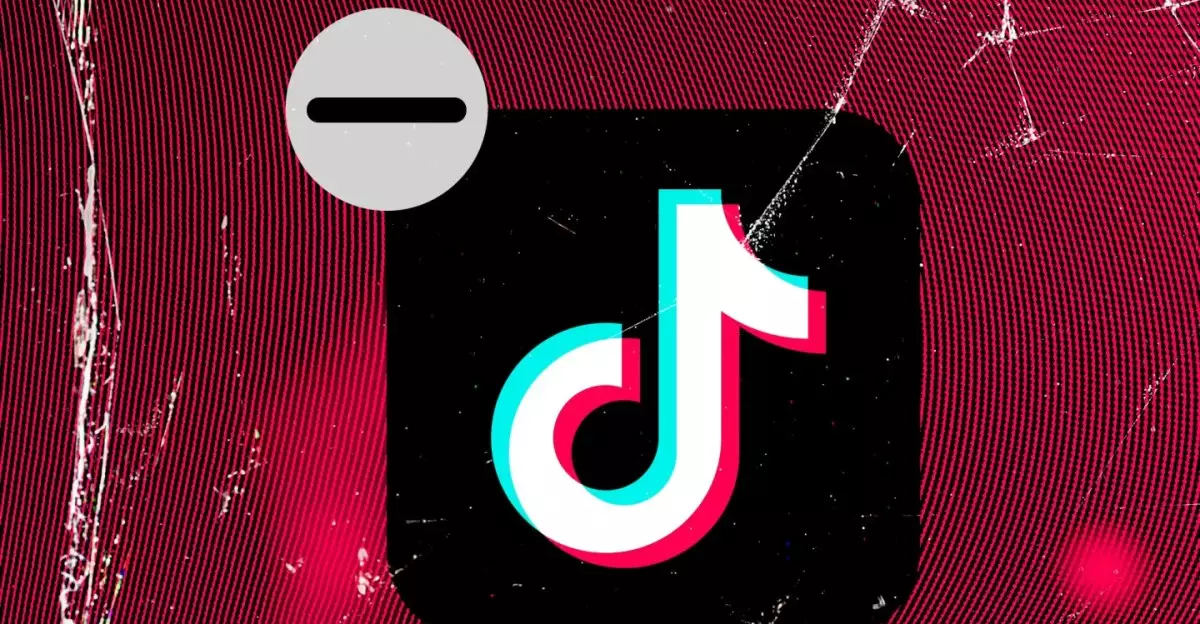In a surprising turn of events, TikTok has made a sensational comeback to the digital landscape, reinstated in the app stores of both Apple and Google. The popular social media platform, known for its short-form videos, was caught in a legal conundrum that prompted its removal from the App Store and Google Play earlier this year. The U.S. government deemed TikTok a potential security threat due to its Chinese ownership by ByteDance. Consequently, in January, both tech giants decided to comply with the burgeoning legal apprehensions and subsequently took action to remove the app from their platforms.
The pivotal moment for TikTok’s revival can be traced back to a letter from U.S. Attorney General Pam Bondi, which alleviated fears surrounding potential penalties for Apple and Google. According to reports by Bloomberg, this correspondence reassured the companies that they would not face fines for reinstating the app. This clarity seemed to embolden Apple and Google to reassess their positions, especially given the enormous user base that TikTok commands. By the end of January, with an executive order signed by then-President Donald Trump, the situation took another unexpected turn. The order provided a temporary reprieve from enforcement actions against TikTok, thus lifting some of the pressure on the tech companies involved.
The reinstatement of TikTok is not merely a win for the app’s dedicated users; it signifies a broader dialogue about the responsibilities and risks faced by major tech companies in the midst of a politically charged atmosphere. By removing TikTok, Apple and Google demonstrated caution and a desire to adhere to governmental directives, yet this cautious approach raised questions about their role as gatekeepers in the digital space. How should these companies balance regulatory compliance against user demand? The renewal of TikTok’s availability raises critical questions about freedom of expression versus national security, as well as the implications of governmental influence over private enterprises.
Adding complexity to the situation is Vice President JD Vance’s involvement in potential negotiation talks concerning the sale of TikTok. This dialogue suggests that the saga surrounding the app is far from over. Significant concerns linger regarding data privacy and security, especially given ongoing tensions between the U.S. and China. As TikTok navigates this turbulent environment, both users and stakeholders will be closely monitoring how effectively the platform can address regulatory concerns while retaining its immense popularity.
The return of TikTok to the app stores marks a significant moment not only for the platform itself but also for the tech industry as a whole. It illustrates the intricate relationship that exists between technology, government regulation, and end-user experiences. While TikTok’s reinstatement brings relief to users eager for its innovative content-sharing features, the ongoing discussions about its future will undoubtedly shape the conversation surrounding tech and policy for years to come. The case of TikTok serves as a potent reminder of the evolving dynamics at play within the digital landscape—one where the stakes are continually rising, and where the final chapter has yet to be written.


Leave a Reply